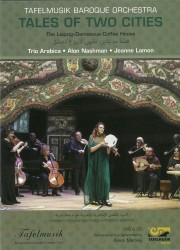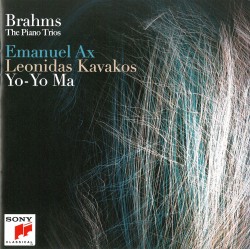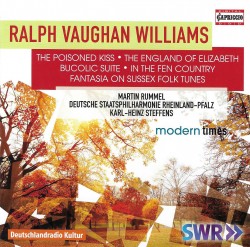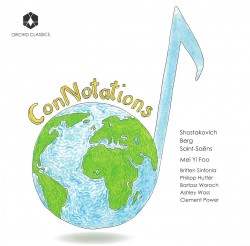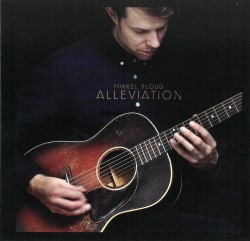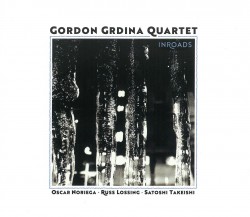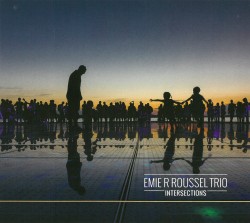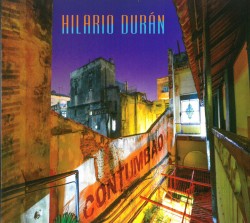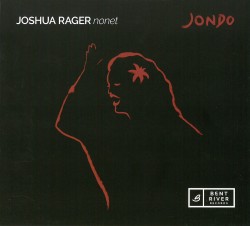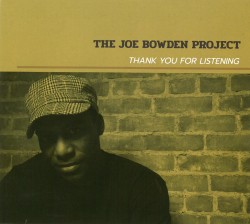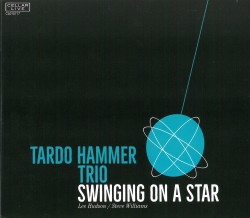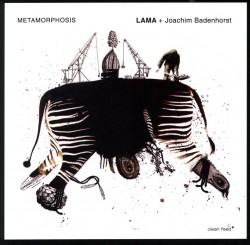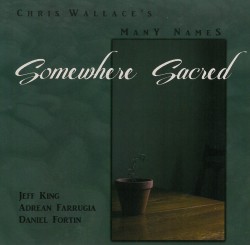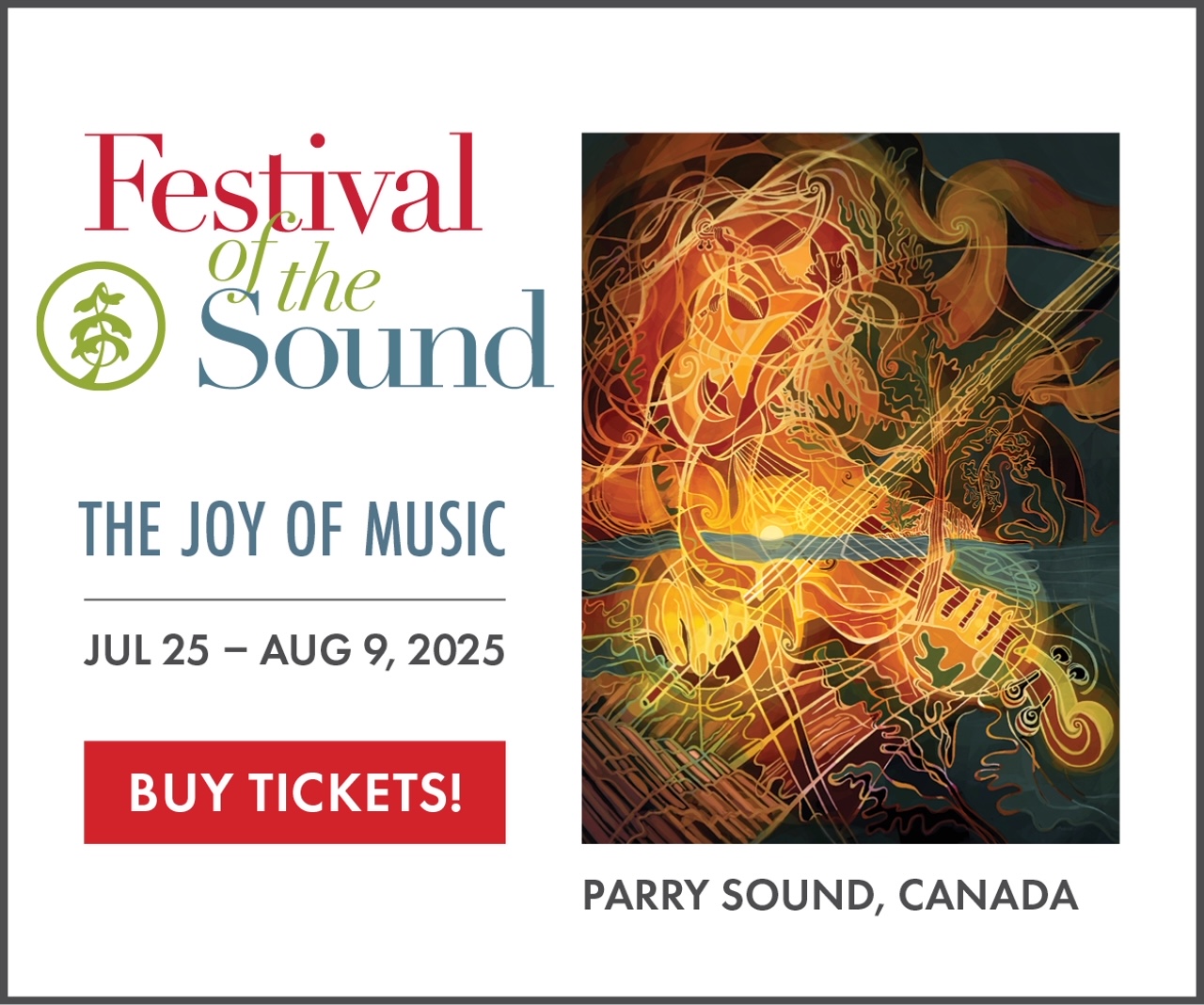Altri canti d’amor: 17th Century Instrumental Works - L’Estro d’Orfeo; Leonor de Lera
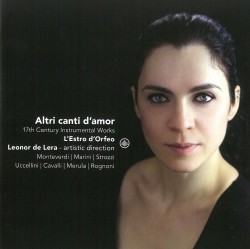 Altri canti d’amor - 17th Century Instrumental Works
Altri canti d’amor - 17th Century Instrumental Works
L’Estro d’Orfeo; Leonor de Lera
Challenge Classics CC72760 (lestrodorfeo.com)
This is a CD with two pleasant surprises. One is a track from undervalued Renaissance composer, Barbara Strozzi. The other is a contemporary set of divisions on a Renaissance theme composed by the present-day artistic director of the CD, Leonor de Lera. Instrumental this collection may be, but the traditional description of the cornetto as being the closest instrument to the human voice is borne out by Josué Meléndez’s playing of Monteverdi’s Sinfonia; it is as if an ethereal choir is in attendance. Meléndez’s cornetto returns in L’Eraclito Amoroso by Strozzi, here as an example of diminuzioni, or extemporixed ornamentations.
The contribution from de Lera is her own diminuzioni on Apollo’s Lament, originally by Francesco Cavalli. De Lera’s playing probes the qualities of her Taningard violin built in Rome in 1739. She is admirably complemented by the plucked instrument playing of Josep Maria Martí.
The selection on this CD is enhanced by the inclusion of variations on popular tunes from the Renaissance. Fuggi dolente core is one such set, again played on Baroque violin; while this piece is often scored for voice, listeners to this particular variation will not miss that human aspect.
L’Estro d’Orfeo’s choices are centred on Venice’s prolific output and yet there is still room for pieces by Marco Uccellini of Modena. Listen once again to the brilliance in every sense of the word of the Baroque violin and basso continuo in Uccellini’s Ninth Sonata. And in his Aria Quarta sopra la “Ciaccona.”


